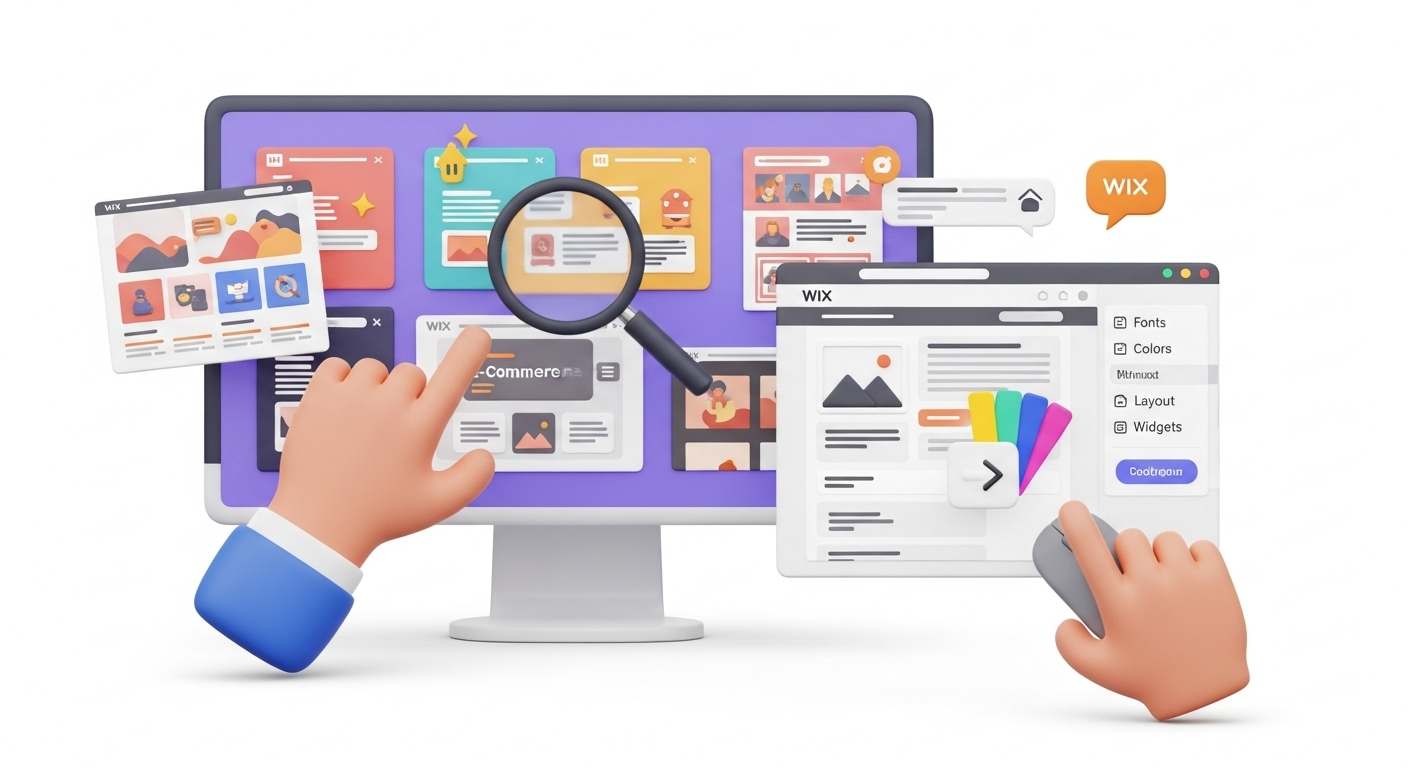Choosing the right eCommerce platform in 2025 can make or break your online business.
Two of the most popular options — Shopify and WooCommerce — each offer unique strengths. Whether you're starting fresh or thinking of switching platforms, it's critical to evaluate which one fits your business goals, budget, and level of technical comfort.
In this unbiased comparison of Shopify vs WooCommerce, we’ll cover:
-
Features
-
Cost
-
Ease of use
-
Flexibility
-
SEO performance
-
Scalability
…plus guide you on how to migrate from Shopify to WooCommerce or vice versa, safely and automatically using Cart2Cart.
Quick Overview: WooCommerce vs Shopify Comparison 2025
| Feature | Shopify | WooCommerce |
|---|---|---|
| Type | SaaS (hosted) | Open-source WordPress plugin |
| Hosting | Included | Self-hosted (user provides hosting) |
| Setup Difficulty | Very easy | Moderate |
| Customization | App-based | Fully customizable |
| Scalability | Excellent | Excellent (with good hosting) |
| Cost | Monthly fee | Free core, pay-as-you-grow |
| SEO | Good | Excellent |
| Ideal For | Beginners, DTC brands | Bloggers, content-driven stores |
| Support | 24/7 Live Chat | Community + hosting support |
Shopify: Strengths and Weaknesses
Pros:
-
All-in-one hosted solution
-
24/7 support
-
Dozens of themes (free & premium)
-
App Store with a vast array of integrations
-
Built-in multichannel selling (Facebook, Instagram, TikTok, Amazon)
-
PCI-compliant and secure by default
Cons:
-
Monthly fees (from $39/month + app costs)
-
Limited backend customization unless on Shopify Plus
-
URL and SEO limitations (e.g., no full control over URLs or sitemap.xml)
WooCommerce: Strengths and Weaknesses
Pros:
-
Fully customizable (built on WordPress)
-
No platform fees
-
Superior SEO tools (especially with Yoast or RankMath)
-
Thousands of free plugins and themes
-
Great for content-driven stores, niche markets, or custom UX
Cons:
-
More technical setup
Cost Comparison: Shopify vs WooCommerce
| Category | Shopify | WooCommerce |
|---|---|---|
| Platform Cost | $39–$399/month | Free |
| Hosting | Included | $5–$30/month |
| Themes | $0–$350 | $0–$100 |
| Apps/Plugins | $0–$200+/month | $0–$200+/year |
| Maintenance | Included | Manual or via developer |
WooCommerce can be more affordable, but Shopify offers predictable costs with fewer technical headaches.
Customization & Flexibility
WooCommerce offers complete freedom — you can customize the entire site, backend logic, checkout, and design.
Shopify offers a great user interface and a strong app marketplace, but deeper backend customizations are only possible with Shopify Plus.
SEO & Content Marketing
| Feature | Shopify | WooCommerce |
|---|---|---|
| SEO Plugins | Limited | RankMath, Yoast |
| Control over URLs | Partial | Full |
| Blogging capabilities | Basic | Advanced (WordPress-based) |
| Schema & metadata | Basic | Extensive |
| Mobile optimization | Excellent | Depends on theme and setup |
-
✅ WooCommerce wins for SEO power
-
✅ Shopify wins for ease of mobile performance and built-in eCommerce SEO
Migrate Between Shopify and WooCommerce (in Either Direction)
No matter which platform you choose — or if you decide to switch later — you can migrate quickly, securely, and automatically using Cart2Cart.
Migrate Shopify to WooCommerce
Cart2Cart lets you transfer:
-
✅ Products (with images, SKUs, prices, descriptions)
-
✅ Customers and order history
-
✅ Categories, coupons, and reviews
-
✅ SEO URLs and meta info
Start Shopify to WooCommerce Migration and retain your important store data.
Migrate WooCommerce to Shopify
Cart2Cart supports:
-
✅ One-click migration setup
-
✅ Product and customer data transfer
-
✅ Free demo available
Start WooCommerce to Shopify Migration and enjoy a user-friendly, scalable platform.
Both migrations run with zero downtime, so you can keep selling during the process. Cart2Cart ensures SEO migration success and a smooth transition between Shopify and WooCommerce.
Which One Should You Choose in 2025?
| If you... | Then choose... |
|---|---|
| Want a quick launch with minimal setup | ✅ Shopify |
| Prefer full control over your store and hosting | ✅ WooCommerce |
| Plan to focus heavily on blogging and SEO | ✅ WooCommerce |
| Need strong support and simplicity | ✅ Shopify |
| Run a content-first business (blog, memberships) | ✅ WooCommerce |
| Sell across multiple channels with automation | ✅ Shopify |
Final Thoughts: WooCommerce vs Shopify in 2025
There’s no one-size-fits-all platform. The best choice between Shopify vs WooCommerce in 2025 depends on your:
-
Business model
-
Budget
-
Technical expertise
-
Growth plans
WooCommerce gives you control, scalability, and SEO dominance.
Shopify delivers simplicity, speed, and managed support.
Ready to Make the Switch?
Whether you’re on WooCommerce and eyeing Shopify, or using Shopify and want to move to WooCommerce — Cart2Cart makes the transition fast, secure, and hassle-free.
Start a Free Demo Migration — and preview your store before committing.
Monthly Update – December 2025
As 2025 draws to a close, a critical trend for eCommerce businesses is the increasing focus on data privacy and the strategic use of analytics. With evolving regulations and heightened consumer awareness, merchants on both Shopify and WooCommerce are prioritizing transparent data handling. Shopify continues to enhance its built-in privacy settings and offers a curated app marketplace that emphasizes compliance, making it easier for users to manage customer data responsibly. For WooCommerce users, the flexibility of WordPress allows for deeper integration of privacy plugins and custom analytics solutions, giving store owners granular control over data collection and processing. Implementing a 'privacy-by-design' approach is no longer just a legal requirement but a powerful tool for building customer trust and loyalty. Businesses that proactively address data privacy while still leveraging insights from advanced analytics are better positioned for sustainable growth and improved conversion rates in the competitive online landscape.
For more details, explore our FAQ section or schedule a call with a migration expert.






